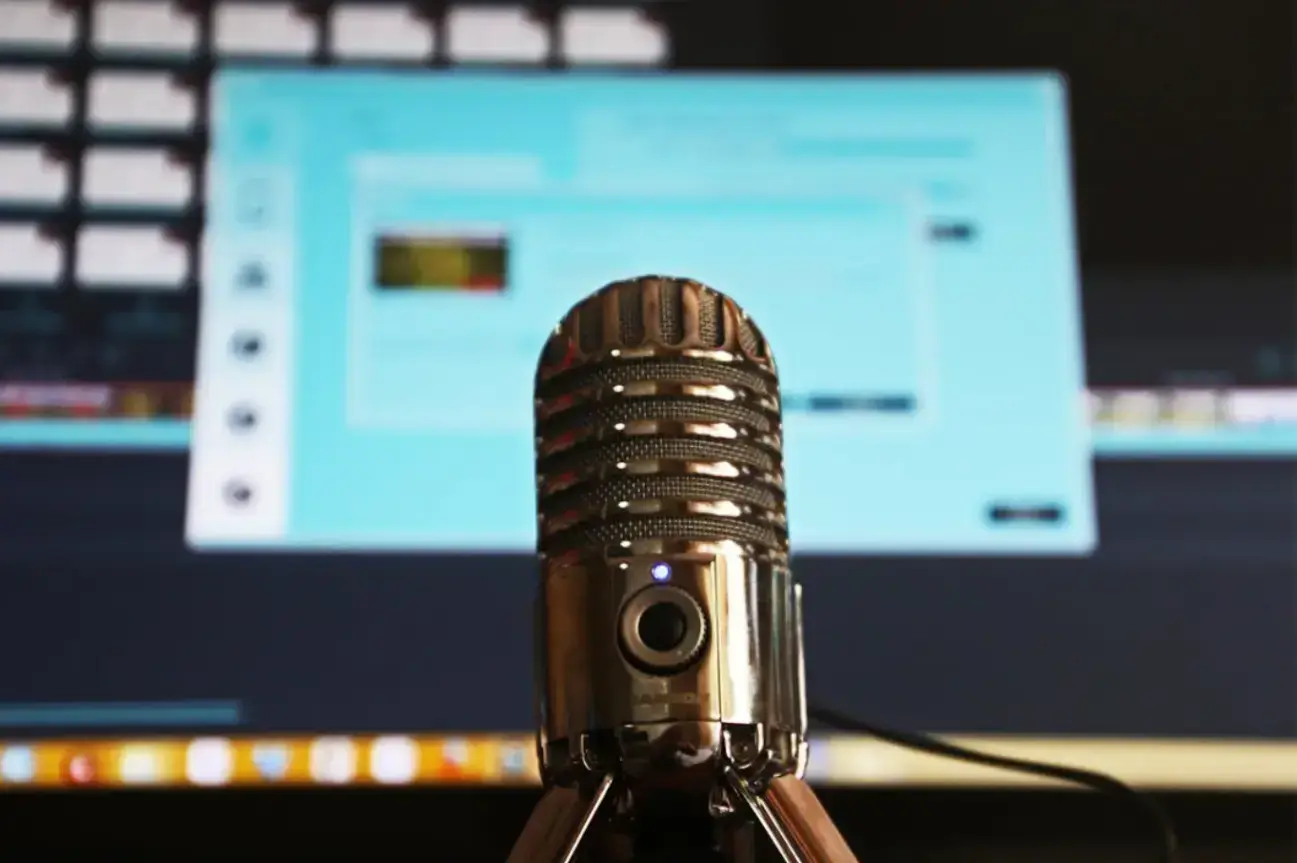When web design is discussed, the focus is usually split between two major aspects—the aesthetic appeal of the visual elements and the usability of the interface. Yet there’s a crucial third consideration that often gets left out in this context: the integration of audio features and how these are handled.
There are many ways to amp up the aural impact of a site, whether this is one of the primary functions or simply something you include to differentiate your online presence from competitors.
So, with that in mind, here are some intelligent and unusual options for achieving this, ensuring that both the sound and vision you present to visitors will leave them impressed.
Skip to:
- Turning Up the Volume on User Experience
- Harmonizing Design with Sound
- Deploying Dynamic Audio for Interactive Engagement

Turning Up the Volume on User Experience
Audio occupies a unique space in digital interactions. It can engage users, provide important information, and enhance the overall atmosphere of your website. Here’s how you can start making immediate improvements:
-
Optimize audio quality
Begin by ensuring that all audio content is of high quality. Poor sound can be as detrimental as poor graphics, so use the right tools to sidestep this issue.
The good news is that there are many services that can streamline audio quality optimization without costing you a fortune or requiring you to learn the inner workings of mixing and mastering yourself.
For instance, Mixea's quality mastering service is celebrated for its speed, cost-effectiveness, and support for a range of output formats, from the humble WAV to the full-blown FLAC.
It is also beneficial from the perspective of making your site look professional and well-polished, so taking the time to optimize audio quality is also about enhancing visitor trust.
A study from USC found that subpar sound can make even a legitimate source seem suspicious, so cutting corners here is a no-no for earning the respect of potential customers as much as anything else.

- Implement customizable background scores
Allow users to control background music or ambient sounds on your website - while also ensuring they’re in charge of volume levels.
User empowerment in managing their sensory interactions leads to higher satisfaction levels - and can even tie in with the theme of your site.
For instance, if you run a restaurant, your website could feature sounds that evoke the type of cuisine you serve or the general atmosphere of your venue. This would earn you more bookings and ensure prospective diners know what to expect before they turn up in person.
Moreover, integrating ambient tracks such as lofi music can create a relaxing backdrop that complements your website's design and appeals to visitors who appreciate a chilled-out audio experience.

- Integrate voice commands
More websites are adopting voice navigation aids, which aid accessibility while providing a futuristic feel. Integrating simple voice commands for navigating your site could significantly ease user experience and set you apart from competitors.
There are specific steps to follow to integrate this, and even a full-blown web speech API in HTML5 that can be useful.
Moreover, accessibility features of this kind are a boon for SEO as much as they are for user experience, especially in the wake of the recent pandemic, which prompted 62% of professionals in a Deloitte survey to cite the general increase in public awareness around access issues as motivation enough to incite changes.

Harmonizing Design with Sound
Integrating audio features effectively requires more than just adding sounds; it demands a harmonic balance with the visual elements. Here’s how to achieve this:
- Take advantage of thematic audio elements
Align audio cues with your website’s visual theme - not just that of your business, as discussed earlier. For instance, a nature-themed site might feature forest sounds or bird calls, enhancing the thematic experience.
Also, don’t shy away from integrating live audio as part of the site—as this is what 80% of people want out of branded experiences.
There are lots of ways to achieve this, whether by hosting regular live streams from your base of operations, such as podcasts or seminars that people can tune into via your site, or by including third-party content embedded in pages to cut out some of the legwork on your part.
- Add audio notifications
Use sound for alerts or notifications, but keep them subtle and non-intrusive. Customizable options for these sounds can also enhance user control and satisfaction.
It’s similar to how pop-ups can be impactful so long as they are used sparingly and built with the right tools.
A Sumo study suggests that pop-ups can contribute to a conversion rate boost of around 3%. Audio cues can be impactful similarly, avoiding the need for more visual clutter, which is a bonus.
- Set up soundscapes for different pages
Diversify the audio across different pages of your site. This prevents auditory monotony and subtly distinguishes between sections of your website, aiding navigation.
So, in the case of the pages of a site for a spa business, the sauna section might feature the gentle hiss of water hitting hot coals, while the treatment pages might be equipped with calming musical tracks of the kind that customers will experience while getting facials or massages if they decide to make a booking.

Deploying Dynamic Audio for Interactive Engagement
Interactive elements on a website provide a ripe opportunity for audio enhancement. Here's how dynamic sound can boost interactivity and deepen user engagement:
- Roll out responsive sound effects
Incorporate sound effects that respond to user actions like hovering, clicking, or scrolling. This immediate audio feedback can increase the intuitiveness of user interfaces.
It’s similar to how haptic feedback enhances gaming, but rather than relying on physical feedback provided through the visitor’s device, audio effects alone can achieve similar results.
- Try storytelling through sound
Use audio to narrate or tell stories as users navigate different parts of your site. For example, an educational site might integrate character voices explaining complex topics in simple terms.
This is useful for information retention, as a Stanford specialist cites that we’re 22 times more capable of remembering stories than plain facts.
So, if you want your site to hit home with visitors and stay with them long after they’ve left it, using audio in this way makes a lot of sense.
- Get interactive with gamified audio elements
Turn regular site interactions into mini-games with rewards in the form of audio achievements, like unlocked tracks or custom sounds.
It's not only fun but also encourages further exploration - and the more incentives you provide for people to stick around, the more time they will commit to your site, raising the likelihood of converting them.
It’s the same reason interactive content like quizzes works on social media.

The Bottom Line
The web is awash with sites trying to shoulder their way to the top of their particular pile, so standing out is a chore for even the best-known brands in the business.
Using audio to your advantage may not be an instant ticket to a higher search rank and increase sales, but it should still be part of your web designing plans.
Take the ideas we’ve outlined into account, and you could even find a totally fresh way to present your brand to customers, giving you more control over how it is perceived and getting people talking about what your site offers in other contexts.

